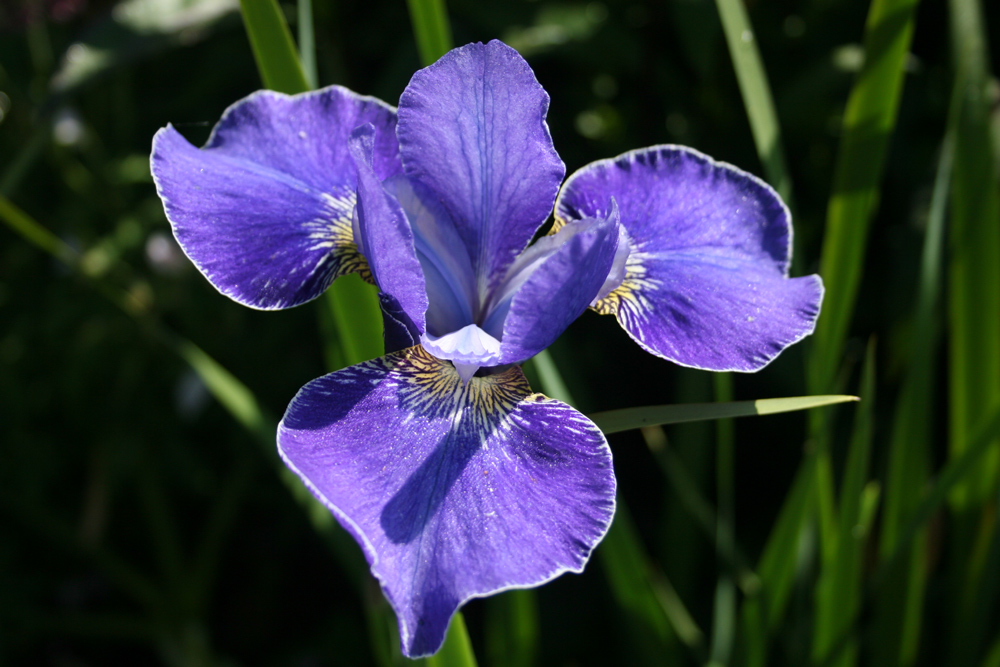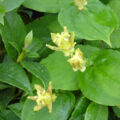October marks the beginning of autumn in our gardens. This hot summer’s droughts have wrought a deadly toll in the borders. Many plants that should have been growing away all summer have been struggling just to stay alive.
Despite any recent rain the soil will remain dry lower down making replacing and replanting lost shrubs and perennials quite a task. In heavier soils that, in part, retained some moisture the plants have noticeably coped much better, whereas in light, free-draining sandy soils some plants have just faded away completely. Beth Chatto’s mantra of ‘the right plant in the right place’ has been severely tested.
Some plants just seem to survive no matter what the weather. In sunny, heavier soils the Siberian Irises, dogwoods (Cornus alba), and Border Phlox, and many others, have repaid the occasional buckets of water thrown at them in the hottest part of the summer by beginning to grow again now the weather is cooler.
It’s more difficult for plants that need light soil. They have put up with intense sunlight and desiccating winds, but no rain whatever has been fatal. Again, throwing bucketsful of water on the worst cases has relieved a few. And often with more ephemeral sun-lovers they will set seed and start again next year.
Some plants are just survivors, however, and it’s worth noting those in your garden for the future. Verbena bonariensis, those tall, light purple flowers that survive most conditions, are running happily to seed now, and the asters (Michaelmas Daisies and their ilk) are slowly returning to flower for the autumn. Providing they have received the occasional bucket of water, they have survived. Just.
But one aspect of gardening has had to be put on hold – that of moving perennials and shrubs to new homes within the garden, and planting newly acquired lovelies. Most gardeners have established a ‘waiting room’ for their new plants until this month when the weather gets cooler.
Now is the time to dig a deep hole for every waiting plant and half-fill it with garden compost. Then empty a watering can into the hole to saturate the surrounding soil and squelch the new plant into the ‘mud’. Back-fill the hole with soil mixed with more garden compost, and give it a final watering to settle it in. In the warm damp soil it will quickly put out roots and get established. It will live to fight another year.









Leave a Reply